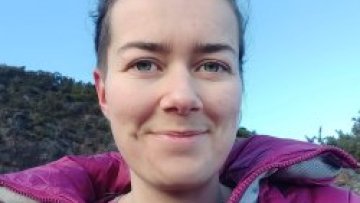Some Results on Injectivity and Multistationarity in Chemical Reaction Networks
Banaji, M
Pantea, C
SIAM Journal on Applied Dynamical Systems
volume 15
issue 2
807-869
(Jan 2016)
CoNtRol: an open source framework for the analysis of chemical reaction networks.
Donnell, P
Banaji, M
Marginean, A
Pantea, C
Bioinformatics (Oxford, England)
volume 30
issue 11
1633-1634
(30 Jun 2014)
Neural Q-learning for solving PDEs
Cohen, S
Jiang, D
Sirignano, J
Journal of Machine Learning Research
volume 24
issue 236
1−49
(19 Jun 2023)
Scaling in Stock Market Data: Stable Laws and Beyond
Cont, R
Potters, M
Bouchaud, J
Scale Invariance and Beyond
75-85
(1997)
In many modern applications, a key bottleneck is the solution of a matrix problem of the form Ax=b where A is a large matrix. In numerical weather prediction, such systems arise as a sub-problem within data assimilation algorithms. In this setting, finding the most likely initial condition with which to initialise a forecast is equivalent to finding the (approximate) solution x.
Structured Networks and Coarse‐Grained Descriptions
Schaub, M
Delvenne, J
Lambiotte, R
Barahona, M
Advances in Network Clustering and Blockmodeling
333-361
(23 Nov 2019)
Different Approaches to Community Detection
Rosvall, M
Delvenne, J
Schaub, M
Lambiotte, R
Advances in Network Clustering and Blockmodeling
105-119
(23 Nov 2019)
Chains of Large Gaps Between Primes
Ford, K
Maynard, J
Tao, T
Irregularities in the Distribution of Prime Numbers
1-21
(05 Jul 2018)
Sums of Two Squares in Short Intervals
Maynard, J
Analytic Number Theory
253-273
(2015)


